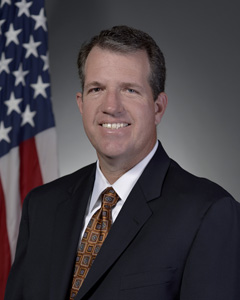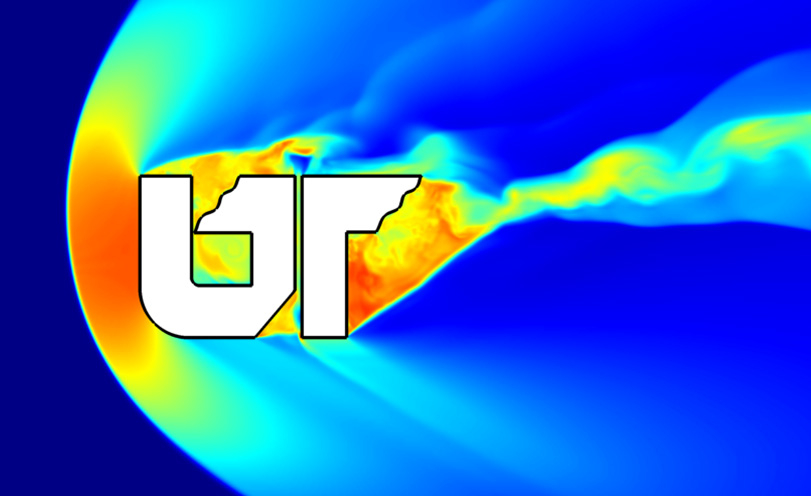 What’s faster than supersonic? Hypersonic!
What’s faster than supersonic? Hypersonic!
Last month, the US Air Force announced its plans to heavily invest in hypersonic aircrafts. The first test of a hypersonic aircraft could come within five years and the technology could be applied to cruise missiles by the 2020s.
Hypersonic relates to speeds of more than five times the speed of sound (Mach 5).
The increased interest and demand in hypersonic aircrafts has created a momentous opportunity for The University of Tennessee Space Institute (UTSI) in Tullahoma. They are planning to go hypersonic—meaning they will be researching hypersonic capabilities.
The effort is being led by Dr. John Schmisseur, who joined UTSI as Professor and H.H. Arnold Chair August 1. Schmisseur has designed a multi-phase research plan that allows UTSI to engage in current opportunities while building toward new long-term capabilities. The plans focus on initially high-quality research into the fundamental phenomena of high speed flows. The plans include both Schmissuer’s research into the numerical modeling of complex flows and strong shock waves and also working with the entire UTSI team to expand experimental capabilities to higher Mach numbers.
“Understanding hypersonic flow phenomena requires contributions from fluid dynamics, thermophysics and chemistry. Hypersonic technology development requires a broad spectrum of contributions from other areas including material development, thermal management, heat transfer and advanced diagnostics,” Schmisseur said.
UTSI, particularly MABE, has outstanding capabilities in all of these areas.
“We hope to build upon our foundational capabilities to be a source of technology innovation within the Department of Defense Test Enterprise—helping transition scientific discoveries to practical application within the test environment,” Schmisseur said.
In the long term, Schmisseur wants UTSI to be in a position to strongly support the Air Force’s goals of developing an integrated test and evaluation environment where large experimental data sets are integrated with simulations within a digital environment.
UTSI will be working closely with the Arnold Engineering Development Complex (AEDC) and the Air Force Research Laboratory (AFRL). AEDC has a long tradition of excellence in aerothermodynamics research and the AFRL plans to add a new hypersonic research group at AEDC.
“I hope working with my counterparts at AEDC and AFRL will create a culture of hypersonic research and innovation within the region that strongly impacts national technology development programs,” Schmisseur said.
Prior to joining UTSI faculty, Schmisseur was the Chief of the Energy, Power & Propulsion Sciences Division and Program Manager for Aerothermodynamics within the Air Force Office of Scientific Research.
Schmisseur has spent his entire career researching hypersonic aerothermodynamics and spent the last 13 years managing the Air Force basic science investments in the area.
“One of the advantages of moving to UTSI from my former Air Force position is the existing relationships I have with other universities participating in hypersonic research,” Schmisseur said. “We have the opportunity to build UTSI into a national focal point for hypersonics and collaborating with prominent US universities and international research partners will be an important element of our strategy.”
“The excitement and optimism for our resurgent emphasis on hypersonics research is fantastic, “Schmisseur said. “UTSI and the entire region around Tullahoma is excited about the future and I feel fortunate to be part of a team defining our strategic directions in the area.”
—C O N T A C T :Kathy Williams (865-974-8615, williamk@utk.edu)
